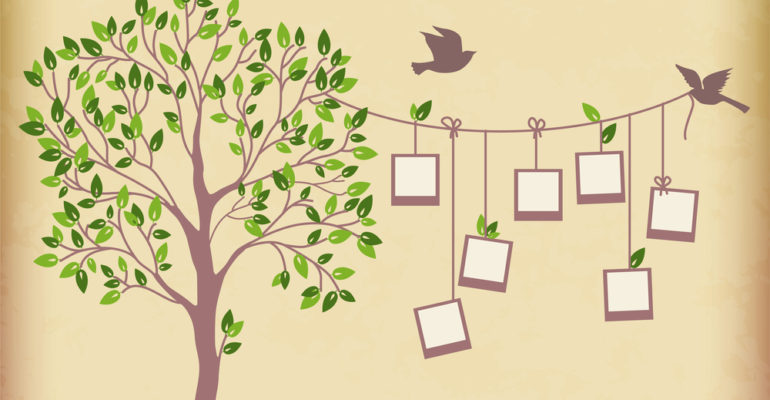A Journey through the Art of Family Therapy
In the tapestry of human relationships, families emerge as a canvas painted with intricate strokes of love, challenge, and resilience. Yet, within this masterpiece, cracks may appear, and colors may clash. Enter family therapy, a transformative journey that navigates the complexities of relationships, heals wounds, and weaves a new narrative of harmony. This article embarks on a captivating exploration of the artistry embedded in the process of family therapy—a journey towards understanding, connection, and enduring resilience.
The Family Portrait: Unraveling the Layers of Dynamics:
A family therapy session commences as a blank canvas, ready to capture the essence of a unique family portrait. The therapist, armed with empathy and curiosity, delves into the layers of family dynamics. From the tender bonds of parent-child relationships to the intricate dance of sibling connections, every brushstroke reveals the beauty and complexity of the familial tapestry.[1]
Building Bridges with Communication: A Symphony of Dialogue:
At the heart of family therapy lies the art of communication—a symphony where each family member contributes a distinct note. Therapists guide families to rediscover the melody of healthy interaction, encouraging open dialogue and active listening. Through communication[2] exercises and reflective discussions, the family learns to harmonize their voices and build bridges to understanding.
Structural Sculpting: Shaping the Foundation of Unity:
Structural therapy[3] acts as a sculptor molding the foundation of family unity. The therapist explores roles, boundaries, and hierarchies, crafting a structure that supports each member’s individuality while fostering collective strength. Like a sculptor chiseling away excess, structural therapy shapes a resilient family structure, ready to withstand the winds of change.
Narrative Reframing: Painting a New Family Story:
In the realm of family therapy, narratives unfold like chapters in an ever-evolving story. Narrative therapy[4] becomes the palette, allowing families to reshape their stories. Therapists guide the rewriting process, externalizing problems and empowering families to paint a new narrative—one filled with resilience, growth, and shared victories.
Strategic Choreography: Orchestrating Change:
Strategic therapy[5] introduces an element of choreography into the therapeutic dance. Therapists strategically prescribe tasks, assignments, and interventions, orchestrating change within the family system. Like a choreographer leading a dance, strategic therapy navigates the intricate steps required for family members to move in unison toward positive transformation.
Generational Mapping: Navigating Through Time:
Genograms[6] unfold like ancient maps, revealing the family’s journey through time. Family therapists guide families through the exploration of generational patterns, highlighting strengths and identifying areas for growth. Like cartographers mapping uncharted territories, therapists and families embark on a joint expedition, navigating the terrain of familial history.
Conclusion:
The Masterpiece of Connection and Resilience
As the final strokes are applied to the canvas of a family therapy session, a masterpiece emerges—one painted with newfound understanding, strengthened bonds, and a resilience that weathers the storms of life. The artistry of family therapy lies not only in addressing challenges but in sculpting a resilient family structure that stands as a testament to the enduring power of connection.
Families, like masterpieces, evolve, transform, and create their own unique stories—a testament to the artful journey of family therapy.
What to Know and What You Can Do:
Family therapy emerged as a distinct field in the mid-20th century, gaining momentum in the 1950s and 1960s. Early pioneers such as Nathan Ackerman[7], Murray Bowen[8], Salvador Minuchin[9], and Carl Whitaker[10] contributed significantly to its development. They challenged the traditional individual-focused approach to therapy and introduced the idea of addressing familial dynamics and relationships as a means of facilitating psychological healing and growth. Since then, family therapy has evolved and diversified, encompassing various theoretical approaches and techniques to address a wide range of family issues and dynamics.
[1] Walsh, Froma. Strengthening family resilience. Guilford publications, 2015.
[2] Galvin, Kathleen M., Dawn O. Braithwaite, and Carma L. Bylund. Family communication: Cohesion and change. Routledge, 2015.
[3] Colapinto, Jorge. “Structural family therapy.” Encyclopedia of couple and family therapy (2019): 2820-2828.
[4] Suddeath, Eric G., Alexandria K. Kerwin, and Suzanne M. Dugger. “Narrative family therapy: Practical techniques for more effective work with couples and families.” Journal of Mental Health Counseling 39.2 (2017): 116-131.
[5] Hanna, Suzanne Midori. The practice of family therapy: Key elements across models. Routledge, 2018.
[6] Joseph, Bindu, et al. “Exploring the therapeutic effectiveness of genograms in family therapy: A literature review.” The Family Journal 31.1 (2023): 21-30.
[7] Braverman, Lois. “Ackerman Institute for the Family.” Encyclopedia of Couple and Family Therapy (2019): 20-23.
[8] Popovic, M. A. J. A. “Bowen family systems theory.” Marriage and family therapy: A practice-oriented approach (2019): 43-69.
[9] Reiter, Michael D. “Salvador Minuchin, MD: Innovator and Challenger.” Journal of Systemic Therapies 36.4 (2017): 16-22.
[10] Whitaker, Carl A. “The dynamics of the American family as deduced from 20 years of family therapy: The family unconscious.” Evolution Of Psychotherapy. Routledge, 2015. 75-90.







